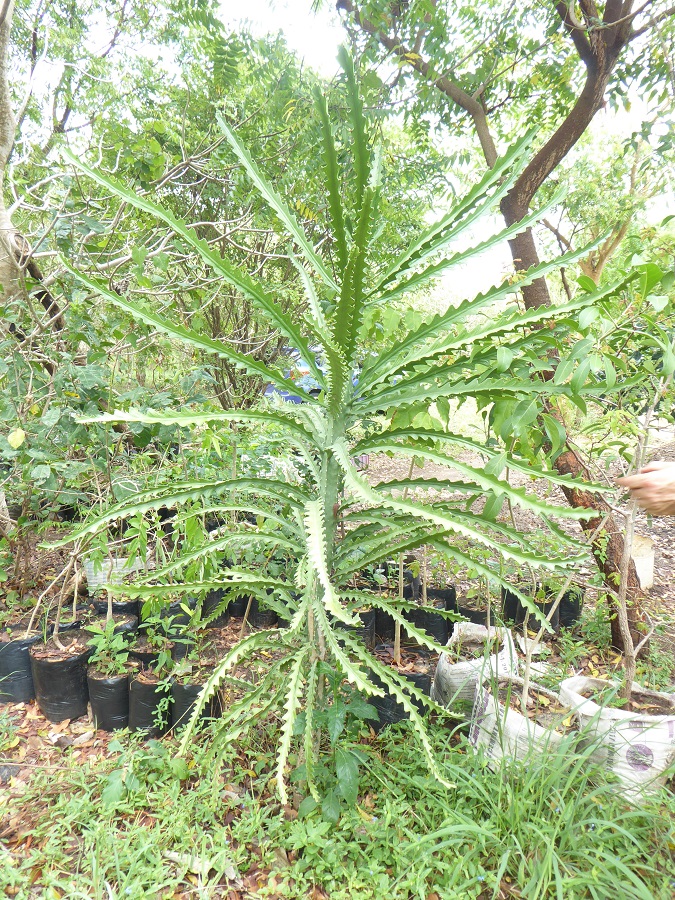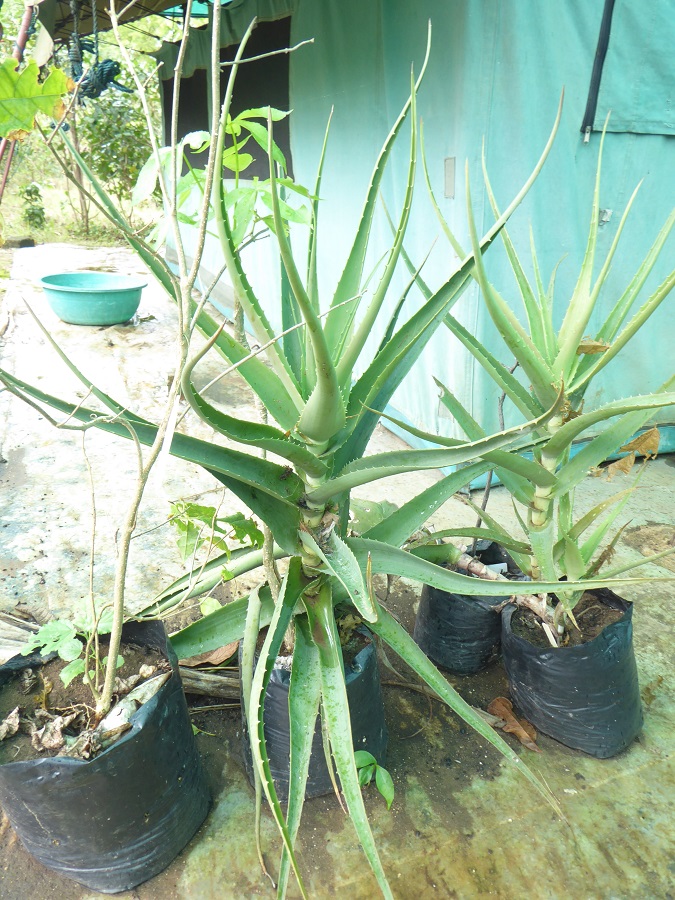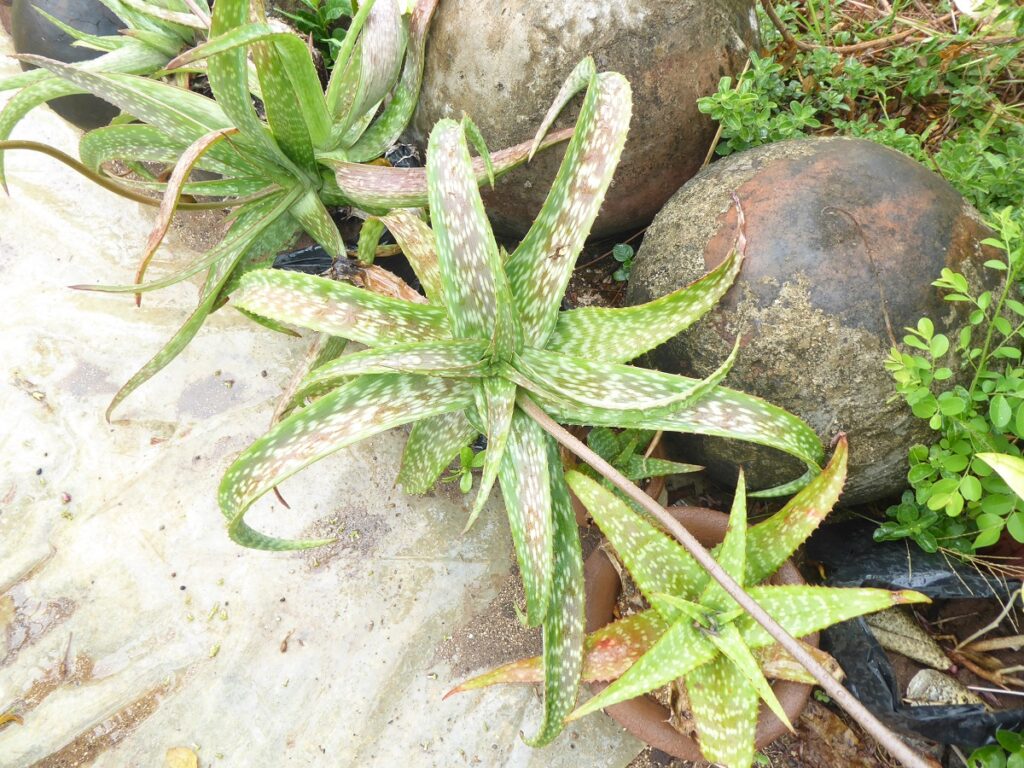Why we run the risk of altering Kenya diverse coastline into a green desert
Kenya’s coastline has a lot to offer and this is why it is home to so many. Both Kenyans and Internationals flock to the coast for work, tourism or to live along this beautiful piece of paradise. And who could blame them, the warm Indian Ocean to dip your toes in, the luscious green forests spattered all along the coast, from critical mangrove forests to the highly biodiverse coastal forests. Let’s not forget the white sandy beaches that attract thousands of tourists every year. All sounds pretty magical, don’t you think?
However, this is all under threat due to development, overexploitation and many other damaging activities, but the one I want to talk about in this blog is rarely spoken about, it probably doesn’t even cross many peoples mind and we all most likely engage in this activity completely unaware of its impact to the environment. It started back in the colonial days and continues to this day, the conversion of peoples gardens or outdoor facilities into an ‘English’ looking garden, changing the landscape to look more like that of foreign lands. Neatly kept grassy lawns and exotic plants that have no purpose other than to please the person who put them there. Of course, as mentioned above there are big problems with deforestation, illegal logging, and development, that are seriously impacting the coastal landscape. However, this is evident to anyone living here, as buildings pop up randomly, and forests silently disappear. Much needs to be done on this but there is also a silent killer, this being the exotic plants introduced in gardens or hotel lawns, pleasing to the eye but deadly to the native plants and wildlife. It is also something that could easily be changed through awareness.
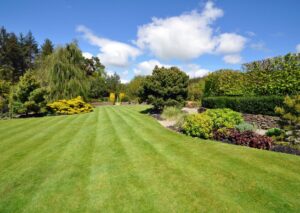
A typical English garden, with neatly mowed lawns and well-kept flowerbeds
What’s the big deal?
Shouldn’t we champion people who plant trees and plants instead of building a concrete landscape? Yes, we most definitely should, but it is naïve of us to think that it is as simple as just planting any odd thing, we first need to understand the landscape we call home, the history, the importance it has for both us and wildlife because just planting anything can be just as damaging as planting nothing at all. This is why I visited the Kivukoni Indigenous Tree Nursery in Kilifi, to learn more about the array of indigenous species found along the coast as well as what Valor to Virtue could do to help save the disappearing coastal forests of Kenya.
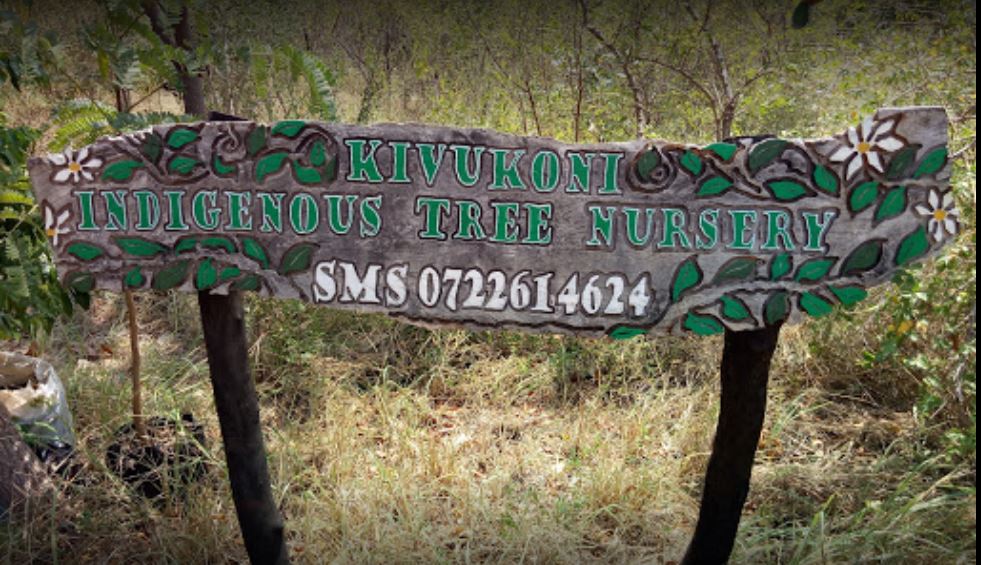
The indigenous nursery is neatly tucked away amongst some of Kilifi’s famous farmland and plantations. Upon arrival, I am greeted by a big wooden sign reading ‘Kivukoni Indigenous Tree Nursery’. As I enter, I am welcomed by Norbert, the owner, founder and indigenous tree enthusiast. It had been raining heavily all morning, but as soon as I stepped out the sun broke away from the clouds and shone down on us. I was warmly welcomed by Norbert, standing in front of row upon row of indigenous saplings. I was immediately impressed and excited for my indigenous species tour and lesson. I quickly began snapping away with my camera as Norbert walked me through the rows of plants. I did my best to absorb as much of the information as possible, impressed by Norbert’s knowledge and desperately trying to etch in my mind all the Latin names that I was being provided. There were so many species, over 350 in fact! Some with beautiful flowers, others with uniquely shaped leaves, from evergreens, to euphorbias, and as different as they were from one another they all had one thing in common, they all were native to the Kenyan coast!
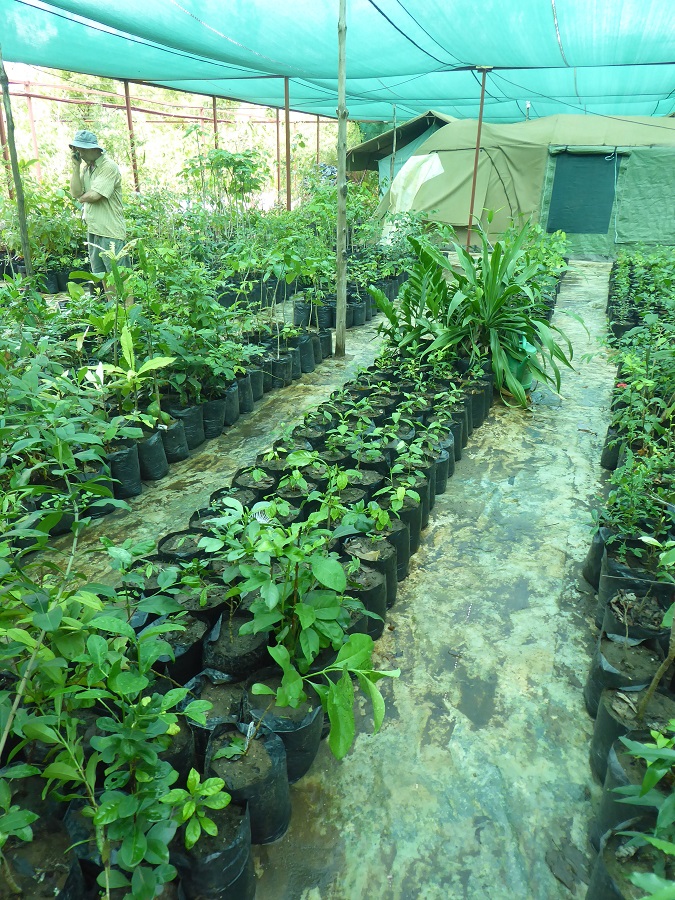
Having now worked in the realms of conservation in Kenya for over 5 years, having myself supervised tree planting exercises, I already knew that planting indigenous was vital to the conservation of Kenya’s coastal forests, but even in my best attempt in explaining to others why they should always go indigenous when planting, it always felt like a feeble attempt and I often was unsuccessful in my endeavours.
We approach several plants, that to the untrained eye could easily be mistaken as cactus species, I quickly pipe up, feeling confident that I could impart some small knowledge as we approach ‘I didn’t think cactus were native to Africa’, Norbert smiles at me, ‘You are correct, but this is not a cactus, a common mistake’. What I was looking at was in fact a selection of euphorbias, which are native, and within the collection, Norbert explained were several highly endemic species (plant or species native and restricted to a certain place) to Kenya’s coast and in turn, very rare. Some were small, others large, and all beautiful. So why, if there are already so many ‘cactus looking’ species readily available, people still opt for an ornamental cactus species?

